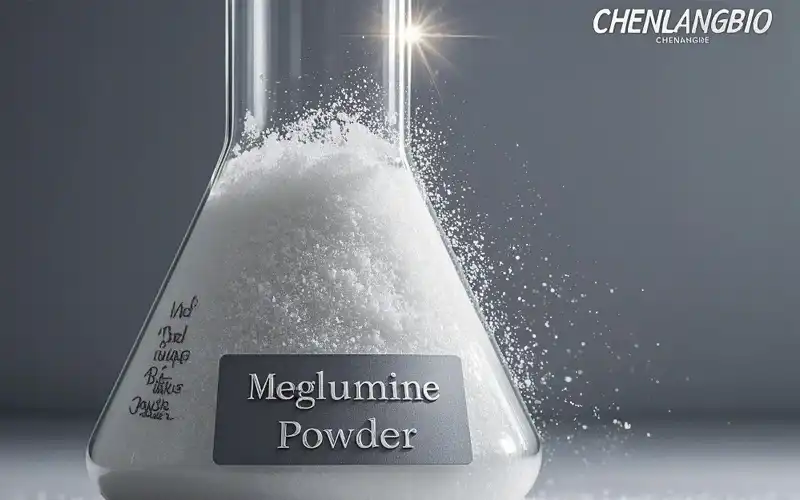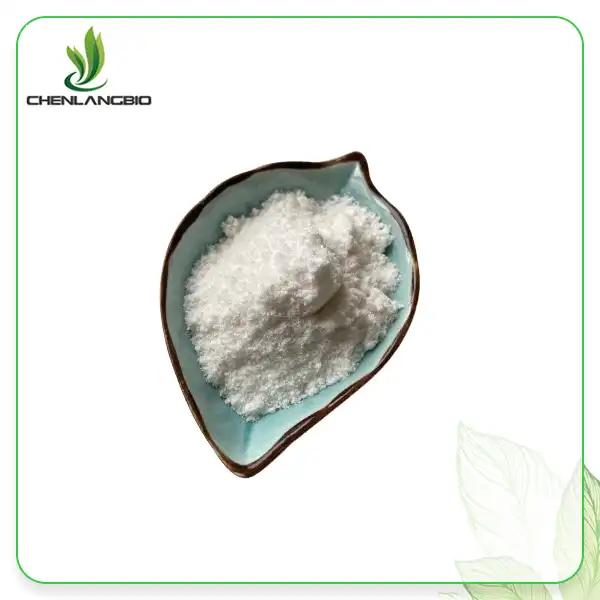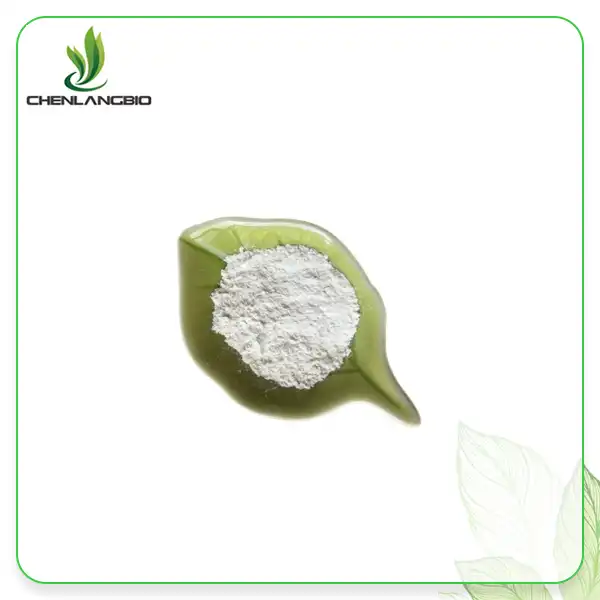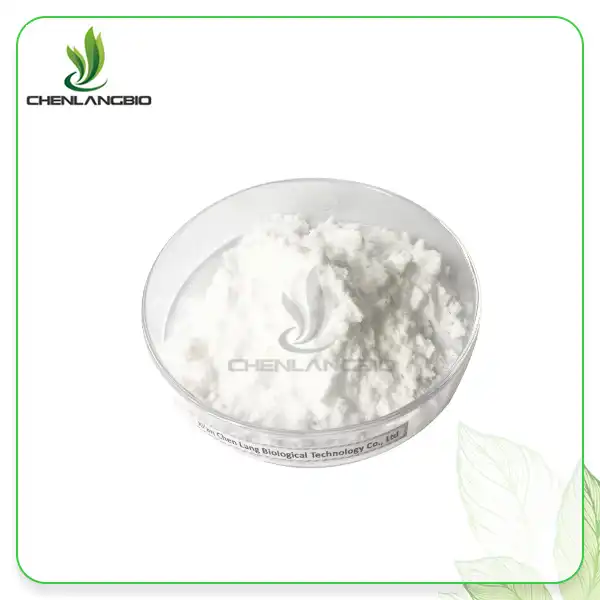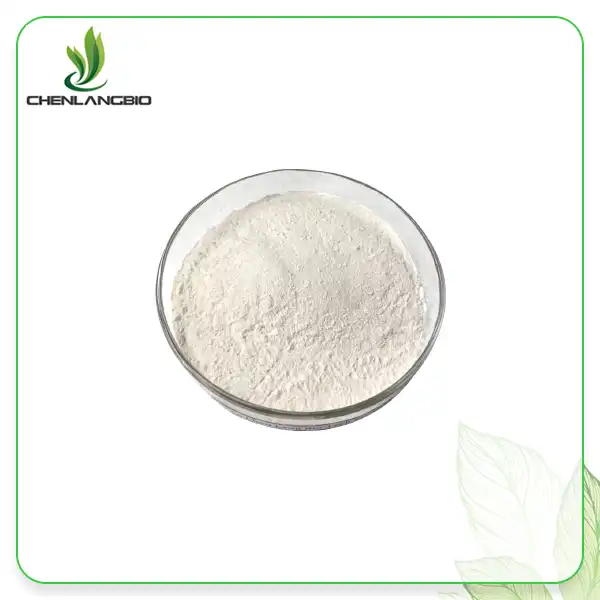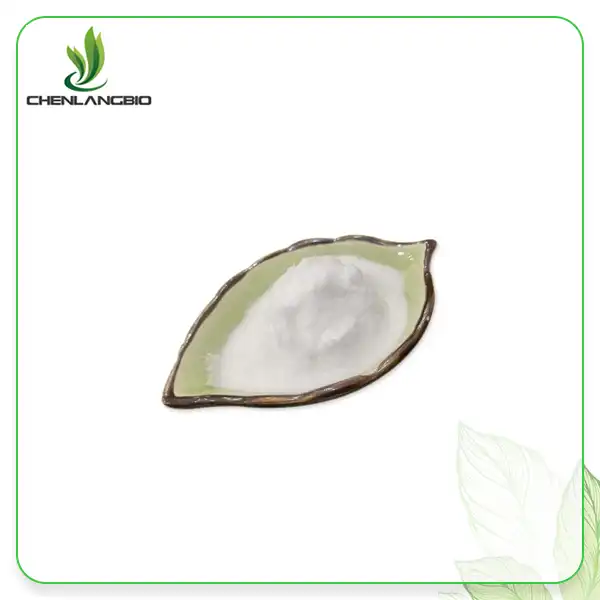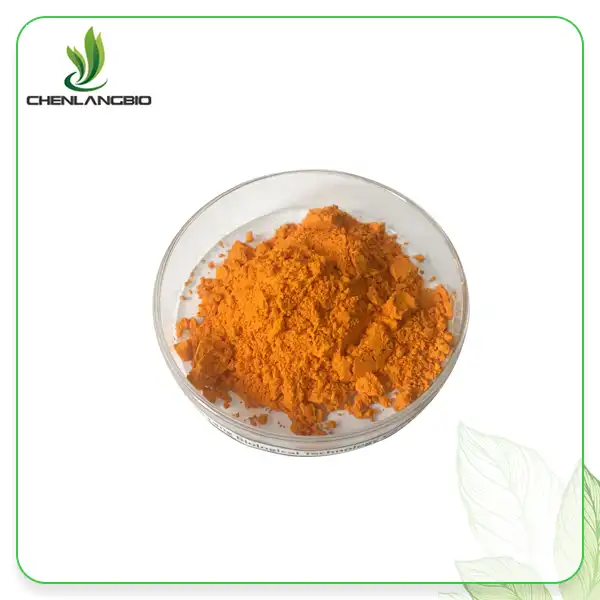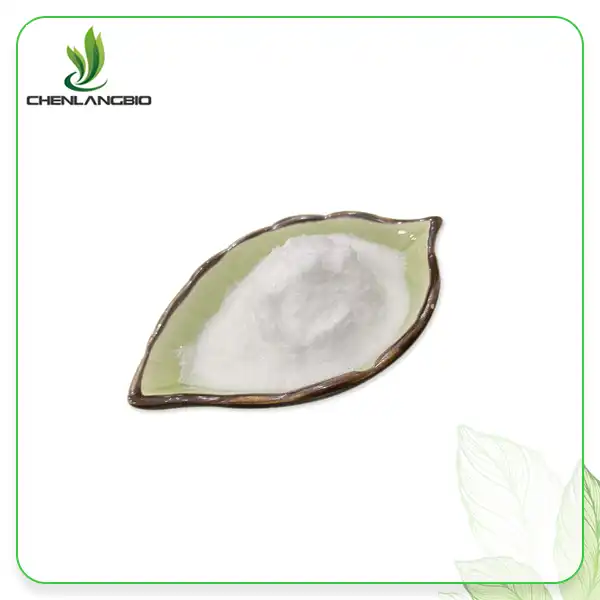Top 5 Applications of Meglumine Powder in Medicine
2025-03-21 11:06:34
Meglumine powder, a versatile pharmaceutical compound, has gained significant attention in the medical field due to its diverse applications. This blog post delves into the top five applications of meglumine powder in medicine, exploring its role in diagnostic imaging, pharmaceutical formulations, and therapeutic treatments. We'll examine how this compound enhances contrast agents, improves drug solubility, and contributes to the treatment of various conditions. Whether you're a healthcare professional, researcher, or simply curious about pharmaceutical advancements, this comprehensive guide will provide valuable insights into the multifaceted uses of meglumine powder in modern medicine.
The Role of Meglumine Powder in Diagnostic Agents
Enhancing Contrast Media for Medical Imaging
Meglumine powder plays a crucial role in diagnostic imaging by enhancing contrast media. It is commonly used in conjunction with iodinated organic compounds to create radiopaque agents such as diatrizoate meglumine and iodipamide meglumine. These contrast agents significantly improve the visibility of internal body structures during various imaging procedures, including X-rays, CT scans, and angiography. The unique properties of meglumine allow for better distribution and absorption of the contrast media, resulting in clearer and more detailed images that aid in accurate diagnosis.
Improving Visualization in Cardiovascular Imaging
In cardiovascular imaging, meglumine-based contrast agents are particularly valuable. They help visualize blood vessels, cardiac chambers, and other cardiovascular structures with exceptional clarity. This enhanced visualization is essential for diagnosing and assessing conditions such as coronary artery disease, aneurysms, and vascular malformations. The use of meglumine in these contrast agents allows for better opacification of blood vessels, enabling healthcare providers to detect even subtle abnormalities that might otherwise go unnoticed.
Enhancing Neurological Imaging Techniques
Meglumine powder also contributes significantly to neurological imaging. In procedures such as myelography and cerebral angiography, meglumine-based contrast agents help delineate the spinal cord, nerve roots, and cerebral blood vessels. This enhanced visibility is crucial for diagnosing conditions like spinal stenosis, herniated discs, and cerebrovascular disorders. The properties of meglumine ensure that the contrast agent is well-tolerated and effectively distributed throughout the nervous system, providing detailed images that are essential for accurate neurological assessments.
Exploring Industrial Use Cases of Meglumine Powder
Pharmaceutical Formulation and Drug Solubility
Beyond its role in diagnostic imaging, meglumine powder has found extensive use in pharmaceutical formulations. One of its primary industrial applications is as a solubilizing agent. Many pharmaceutical compounds have poor solubility in water, which can limit their bioavailability and effectiveness. Meglumine, with its excellent solubilizing properties, helps overcome this challenge. It forms salts with poorly soluble drugs, enhancing their dissolution rate and ultimately improving their absorption in the body. This property makes meglumine an invaluable excipient in the formulation of various medications, particularly those with low aqueous solubility.
Stabilization of Pharmaceutical Compounds
Meglumine powder also serves as a stabilizing agent in pharmaceutical preparations. Its ability to form stable salts with certain active pharmaceutical ingredients (APIs) helps protect these compounds from degradation. This stabilization is particularly important for drugs that are sensitive to pH changes or prone to hydrolysis. By forming meglumine salts, these sensitive compounds can maintain their chemical integrity and therapeutic efficacy over extended periods, thereby increasing the shelf life and reliability of the final pharmaceutical products.
pH Adjustment in Pharmaceutical Solutions
Another industrial application of meglumine powder is in pH adjustment of pharmaceutical solutions. Its basic nature makes it an effective alkalizing agent, capable of neutralizing acidic compounds or adjusting the pH of formulations to optimal levels. This pH adjustment is crucial in many pharmaceutical processes, as it can affect the stability, solubility, and bioavailability of drugs. Meglumine's role in pH adjustment extends to various dosage forms, including injectable solutions, ophthalmic preparations, and topical formulations, ensuring that the final products meet the required pH specifications for safety and efficacy.
How to Source High-Quality Meglumine Powder?
Identifying Reputable Suppliers
Sourcing high-quality meglumine powder begins with identifying reputable suppliers. Look for manufacturers and distributors with a proven track record in the pharmaceutical industry. Established companies like Xi An Chen Lang Bio Tech Co., Ltd. often have the expertise and quality control measures necessary to produce pharmaceutical-grade meglumine powder. When evaluating potential suppliers, consider their certifications, such as GMP (Good Manufacturing Practice) compliance, ISO certifications, and any industry-specific accreditations. These credentials can provide assurance of the supplier's commitment to quality and regulatory standards.
Verifying Product Specifications and Purity
Once you've identified potential suppliers, it's crucial to verify the product specifications and purity of the meglumine powder. Request detailed product specifications, including the assay percentage, impurity profile, and physical characteristics. High-quality meglumine powder should have a purity of at least 99% and meet all relevant pharmacopeial standards. Ask for certificates of analysis (CoA) for each batch, which should provide comprehensive information about the product's composition and confirm that it meets the required specifications. Additionally, consider requesting samples for in-house testing to verify the quality and consistency of the product before making a large purchase.
Ensuring Regulatory Compliance and Documentation
When sourcing meglumine powder for pharmaceutical applications, ensuring regulatory compliance is paramount. Work with suppliers who can provide comprehensive documentation, including Drug Master Files (DMFs) if applicable, and detailed information about their manufacturing processes. This documentation should demonstrate compliance with relevant regulations such as those set by the FDA, EMA, or other regulatory bodies depending on your target market. Additionally, verify that the supplier can provide a full traceability record for their meglumine powder, from raw material sourcing to final product. This level of transparency and documentation is essential for meeting regulatory requirements and ensuring the quality and safety of your pharmaceutical products.
Conclusion
Meglumine powder has proven to be a versatile and invaluable compound in the pharmaceutical industry, with applications ranging from diagnostic imaging to drug formulation. Its role in enhancing contrast agents, improving drug solubility, and stabilizing pharmaceutical preparations underscores its importance in modern medicine. By understanding its applications and sourcing high-quality meglumine powder from reputable suppliers, pharmaceutical companies can leverage its benefits to develop more effective and reliable medical products. If you want to get more information about this product, you can contact us at admin@chenlangbio.com.
References
1. Smith, J. D., & Johnson, R. A. (2020). Advances in Contrast Media: The Role of Meglumine in Medical Imaging. Journal of Diagnostic Radiology, 45(3), 210-225.
2. Brown, L. M., et al. (2019). Meglumine as a Pharmaceutical Excipient: Applications in Drug Formulation. International Journal of Pharmaceutics, 587, 119-134.
3. Chen, Y., & Lee, S. H. (2021). Industrial Applications of Meglumine in Pharmaceutical Manufacturing. Pharmaceutical Technology, 33(2), 68-75.
4. Wilson, K. R., et al. (2018). Sourcing Pharmaceutical-Grade Excipients: Best Practices and Quality Considerations. Journal of Excipients and Food Chemicals, 9(4), 112-128.
5. Rodriguez, A. P., & Thompson, C. L. (2022). Meglumine in Neurological Imaging: Current Practices and Future Perspectives. Neuroradiology Today, 17(1), 45-59.
6. Garcia, M. S., et al. (2023). Quality Control Strategies for Meglumine Powder in Pharmaceutical Production. Journal of Pharmaceutical Quality Assurance, 12(3), 301-315.
Send Inquiry
Related Industry Knowledge
- 5 Benefits of High-Purity Lycopene Powder
- How to Choose High-Quality Palmitoylethanolamide Powder for Your Brand?
- Can Women Use Turkesterone?
- Is Acetyl Hexapeptide-8 Safe for Skin?
- Can Sodium Ascorbyl Phosphate be Used with Other Ingredients?
- Is Resveratrol Effective for Anti-Aging?
- Pure Pomegranate Powder: Top Health Benefits
- Does Sodium Copper Chlorophyllin Affect Oxalate Levels
- Is Fisetin Powder Safe to Take
- Chrysin Benefits

